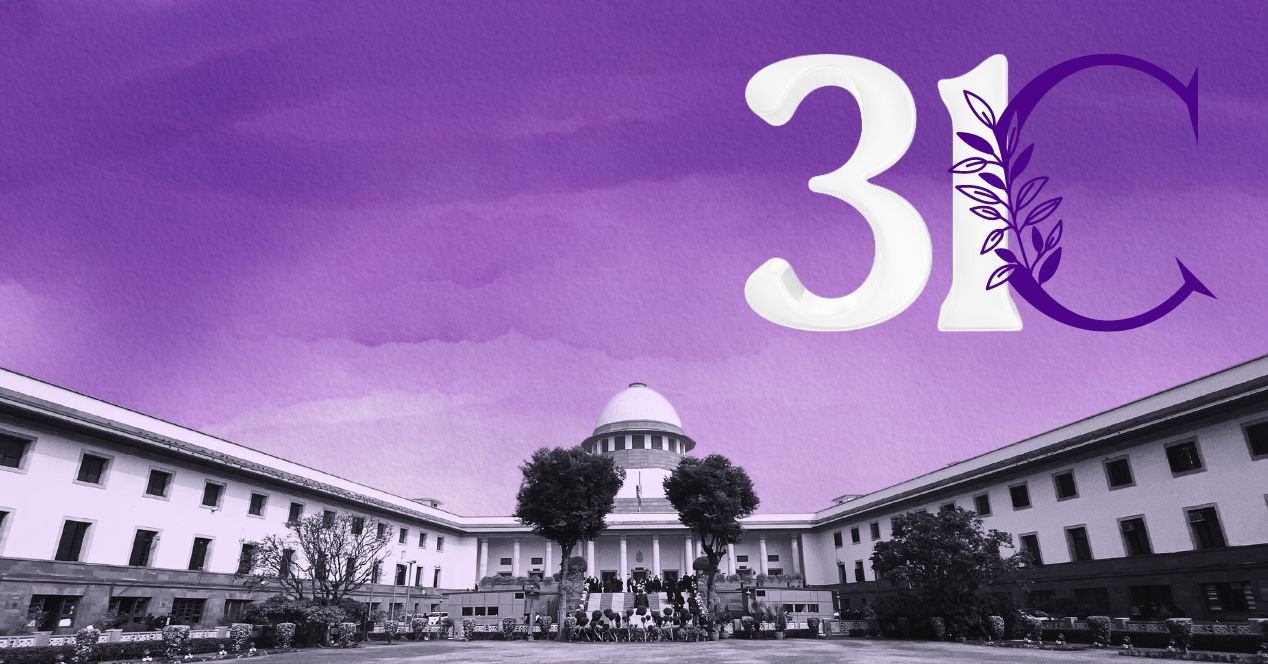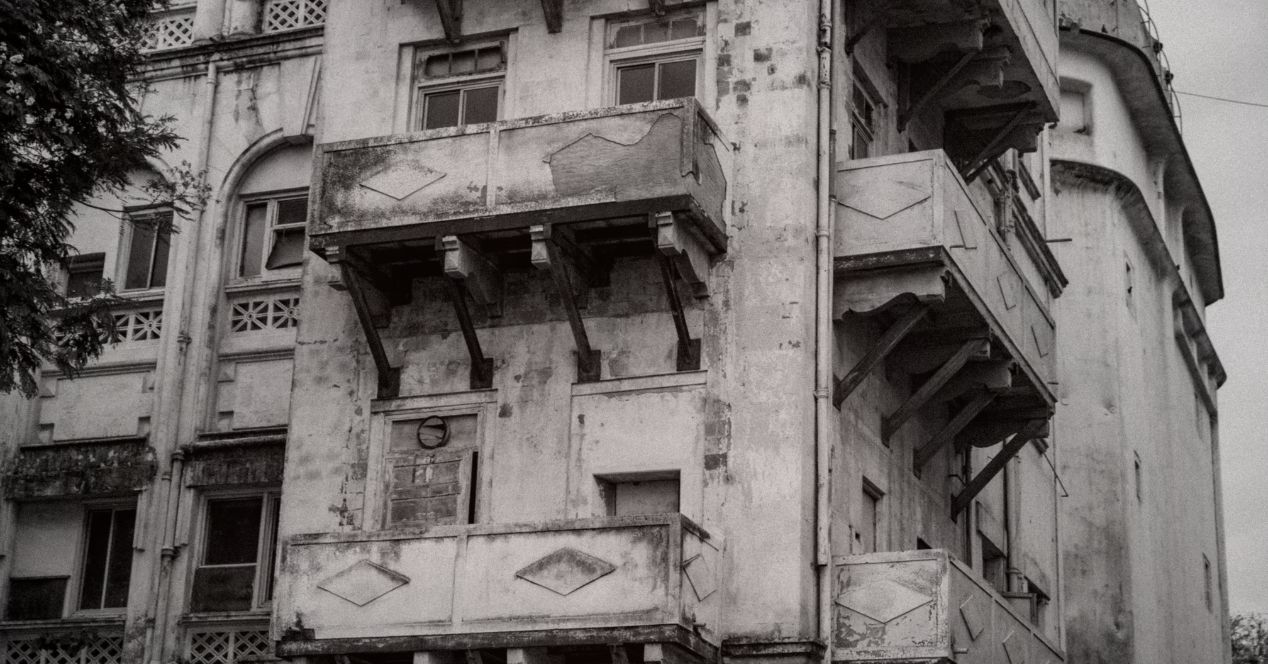Nature of Private Property | Arguments Matrix
Nature of Private PropertyJudges: D.Y. Chandrachud CJI, Hrishikesh Roy J, B.V. Nagarathna J, Sudhanshu Dhulia J, J.B. Pardiwala J, Manoj Misra J, Rajesh Bindal J, S.C. Sharma J, A.G. Masih J
On 1 May 2024, a nine-judge Constitution Bench of the Supreme Court reserved judgement on whether the phrase “material resources of the community” in Article 39(b) could include privately-owned property.
The Bench will also decide if Article 31C remains in the Constitution or not. Introduced through the 25th Constitutional Amendment, 1971, Article 31C did two things. First, it declared that a law advancing the Directive Principles of State Policy (DPSPs) enshrined in Articles 39(b) and (c) cannot be void on the grounds that they are inconsistent with Articles 14 and 19. Second, it saved such a law from being challenged in court on the ground that it did not “give effect” to the two DPSPs.
In 1973, a 13-judge Constitution Bench struck down the second part of Article 31C in Kesavananda Bharati v State of Kerala.
Later, in 1976, Parliament passed the 42nd Constitutional Amendment. Section 4 of this Act broadened the scope of Article 31C from applying to just clauses (b) and (c) of Article 39 to all the DPSPs encompassed in Part IV of the Constitution.
Four years later, in Minerva Mills v Union of India (1980), a five-judge Constitution Bench struck down Section 4 of the 42nd Amendment as unconstitutional. It did not conclusively resolve the question of whether the older, unamended Article 31C continues to exist in the Constitution.
The matrix breaks down key arguments over five days of hearings.
Background
Article 39(b), a Directive Principles of State Policy, obligates the State to ensure the distribution of “material resources of the community” to “subserve the common good.”
In State of Karnataka v Shri Ranganatha Reddy (1977), five judges of the Supreme Court debated whether privately owned resources fell under the ambit of “material resources of the community.” A minority opinion by Justice Krishna Iyer stated that private property fell in the ambit of Article 39(b).
Five years later, a five-judge bench in Sanjeev Coke Manufacturing Company v Bharat Coking Coal Ltd, led by Justice Chinnappa Reddy, adopted Justice Iyer’s minority view. In 1997, a nine-judge bench in Mafatlal Industries Ltd. v Union of India, followed the Sanjeev Coke precedent.
The challenges of the present case arose in 1986, when the Maharashtra government amended the Maharashtra Housing and Area Development Act, 1976 (MHADA) to insert Chapter VIII-A and Section 1A. Chapter VIII-A allowed the Mumbai Building Repair and Reconstruction Board to acquire certain “cessed properties”—primarily old, dilapidated buildings in Mumbai—for restoration purposes with the consent of 70 percent of the residents. Section 1A declared that the Act was aimed at implementing the principles enshrined in Article 39(b).
In December 1991, the Bombay High Court dismissed the petitions challenging Chapter VIII-A. The Court reasoned that the government was only trying to protect “the shelter of the occupiers in the old dilapidated buildings and saving life and property by preventing collapse of such buildings.” Further, the High Court also held that Article 31C of the Constitution bars any challenges on the grounds of Articles 14 or 19, if the statute has been enacted in furtherance of Article 39(b). The petitioners moved the Supreme Court.
As the case lay pending, in 2019, subsequent amendments to the MHADA precipitated a new set of challenges. According to the new amendment, if landowners failed to restore property within a deadline, the state government could take over the property. The Property Owners Association (POA) alleged malicious intent on the state government.
The dispute, which first reached the Supreme Court in 1992, now has several petitions tagged to it. After several references to larger benches, a nine-judge bench started hearing the case on merits on 24 April 2024. This bench is also hearing arguments on the constitutional position of Article 31C.


